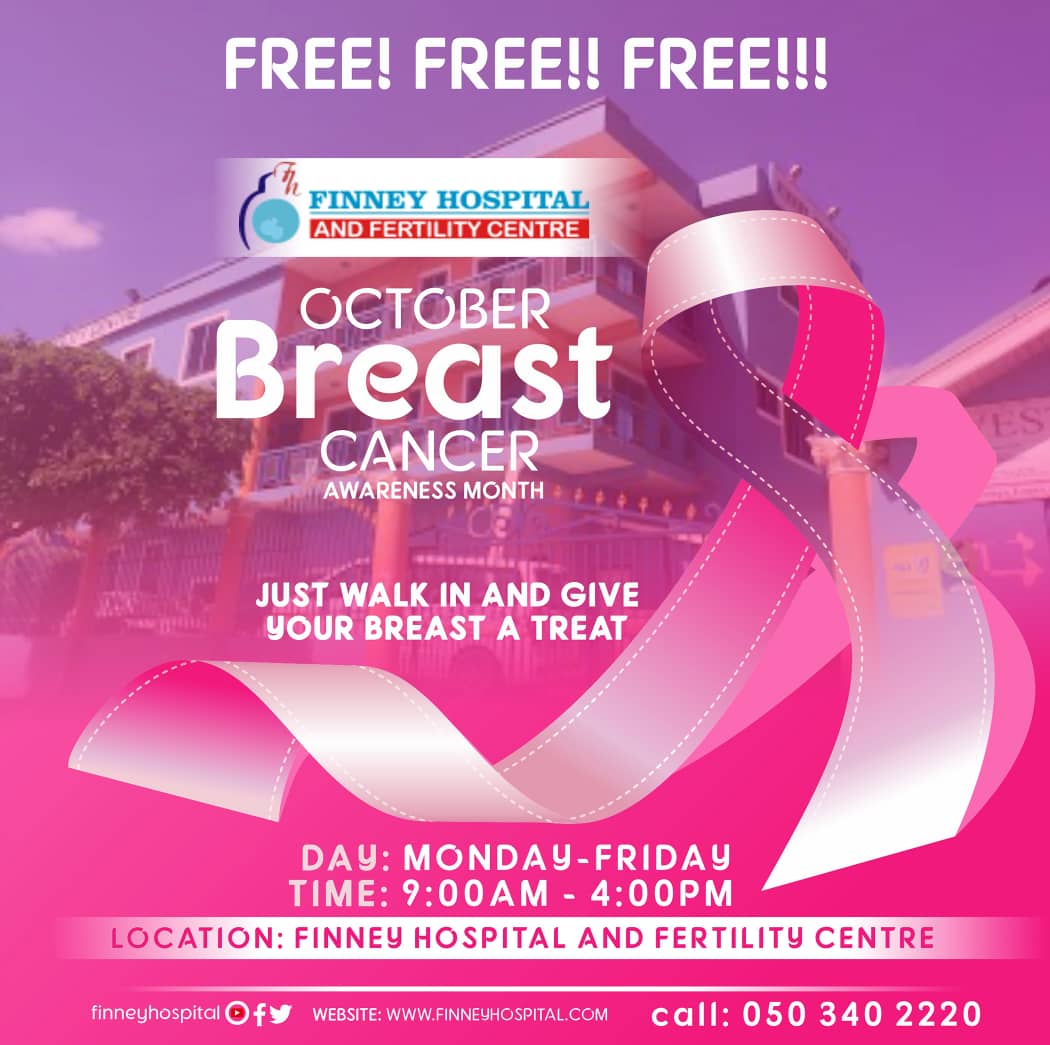Breast cancer (the uncontrolled growth of abnormal cells in the breast) is one of the most common cancer types in the United States. Early detection is key in the treatment of breast cancer. There are steps you can take to detect breast cancer when it is most treatable.
Recommended Screening Guidelines
Mammography. The most important screening test for breast cancer is the mammogram. A mammogram is like an X-ray of the breast. It can detect breast cancer up to two years before the tumor can be felt by you or your doctor.
Informed decision making starting at age 40. Individuals should speak with their health care provider about the benefits of screening and when to start.
Routine screenings starting at age 45 to 50. Routine screening every year or every two years is recommended for as long as an individual is in good health. Discussing your individual risk with your health care provider can help determine how frequently you should be screened.
Breast cancer can affect people of all genders, including men. Leading organizations also have different recommendations for when and how often to be screened. It is important to speak with your doctor to learn more about your risk and their suggestions for screening.
Some Risk Factors for Breast Cancer
The following are some of the known risk factors for breast cancer. However, most cases of breast cancer cannot be linked to a specific cause. Talk to your doctor about your specific risk.
Age. The chance of getting breast cancer increases with age. Nearly 80 percent of breast cancers are found in those over the age of 50.
Personal history of breast cancer. An individual who has had breast cancer in one breast is at an increased risk of developing cancer in the other breast.
Family history of breast cancer. A higher risk of breast cancer is associated with having an immediate relative with breast cancer, especially at a young age (before 40). Having other relatives with breast cancer may also raise the risk.
Genetic factors. Certain genetic mutations, including changes to the BRCA1 and BRCA2 genes, are associated with a higher risk of developing breast cancer at some point. Other gene changes may raise breast cancer risk as well. For more information, ask your doctor about comprehensive biomarker testing, which may include genetic testing for inherited cancer risk.
Childbearing and menstrual history. Research suggests a link between reproductive and menstrual history and the risk of breast cancer. Higher risk factors include:
- Early onset menstruation (before age 12)
- Late onset menopause (after age 55)
- Never having children, childbirth later in life or not breastfeeding
Hormone use. Menopausal hormone therapy and certain types of birth control may have hormones that are risk factors for breast cancer.
Other factors. Studies show that there are certain factors that you can control to lower your risk of developing breast cancer. Living a healthy lifestyle that includes physical activity, limiting alcohol and eating a nutritious diet may be beneficial to your overall health. Talk to your health care team on any factors that may lower your own risk of breast cancer.
Breast Cancer Signs and Symptoms
Any of the following symptoms should be checked out by your doctor. They could occur for a number of reasons including breast cancer or non-cancerous conditions. It is always best to report any changes to determine the causes.
- Lump or mass
- Change in size or shape of the breast or nipple
- Change in color to breast or nipple
- Inverted nipple
- Nipple discharge
- Swelling or thickening of the breast
- Consistent pain
- Dimpling of the skin
- Flakiness or irritated skin

